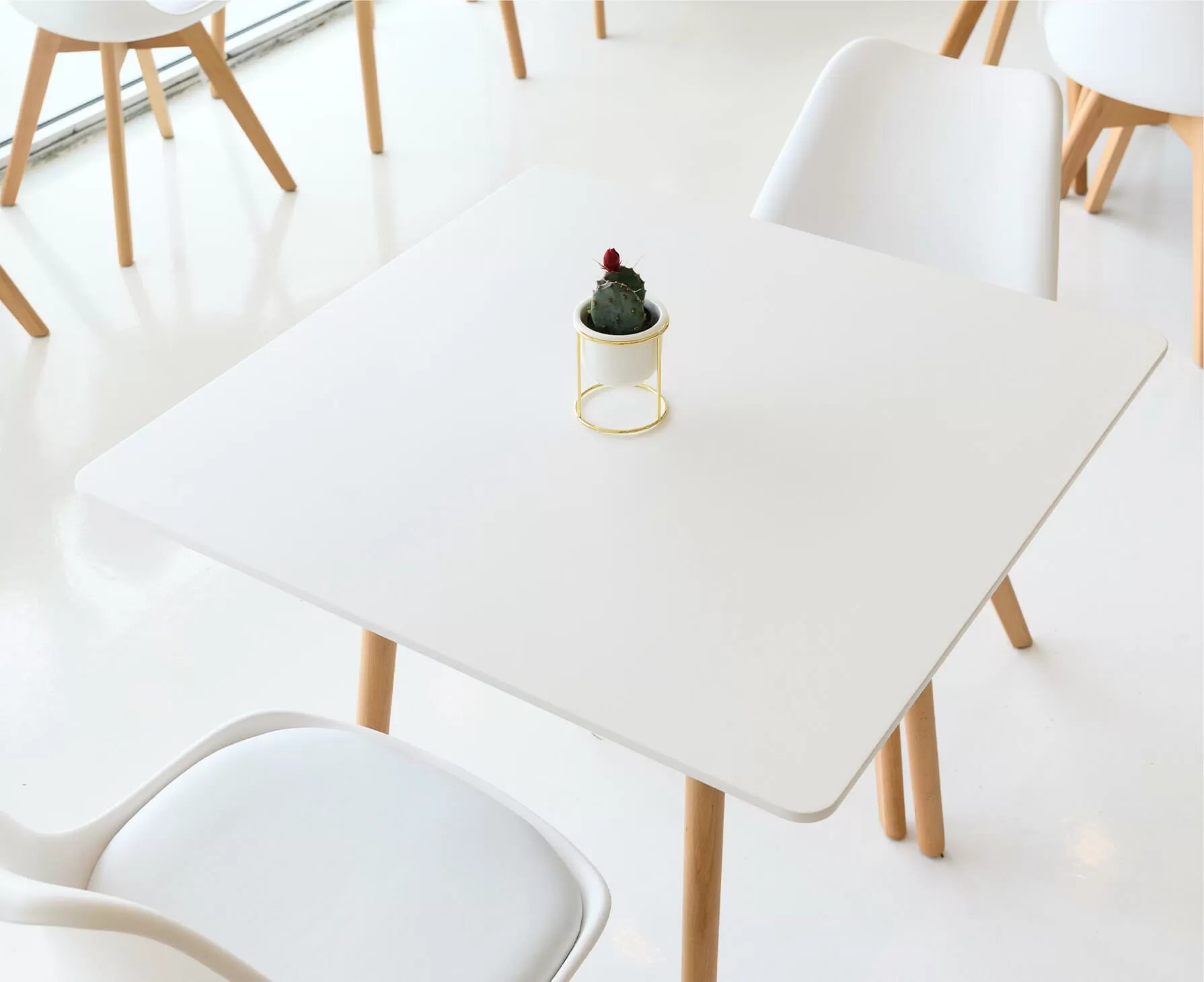Unleash the Power of Your Weekly Events with Our Clear Design
Experience your weekly events like never before with our well-crafted minimalist design! This design is not only visually appealing but also incredibly effective for organising your events. Featuring a multi-column layout, it seamlessly organises information while capturing attention effortlessly.
Layout analysis
Overall structure
Embrace a tidy multi-column format, enhancing readability and ensuring your events are easy to follow.
Arrangement
With six rows clearly defined across three columns, each day is presented in a visually balanced manner. This grid-style format keeps your events organised and easy to navigate.
Symmetrical choices
A symmetrical grid layout ensures all events are evenly spaced, providing clarity and simplicity for the viewer.
Element and feature description
Visible elements
- Header: The title “Weekly Events” stands out at the top, giving users immediate insight into the content.
- Text blocks: Each day showcases events with concise descriptions and an engaging “Learn more” call to action.
Interactive elements
Each daily section features a “Learn more” button, encouraging users to click for additional information.
Typography
A prominent header and bold day titles establish a clear visual hierarchy, making navigation intuitive for users.
Icons and graphical elements
This text-centric approach focuses on essential information, ensuring users aren’t distracted by excessive graphics.
Image borders and orientations
Clean text blocks without distractions allow users to concentrate on the details of each event.
Unique design aspects
Standout design choices
The organised structure promotes easy reading and effortless navigation through the week’s events.
Hover effects
Although not visible, typical hover cues for all clickable elements are available, enhancing user interaction.
Responsive design
With its segmented week layout, the design is optimised for mobile viewing, ensuring accessibility on any device.
Accessibility considerations
Clearly defined sections and contrasting text enhance readability, making the design user-friendly for everyone.
Overall design style
Design style
A minimalist touch focuses on elegance through clean lines and straightforward text, capturing the essence of simplicity.
Visual hierarchy
This is designed with your audience in mind, using bold text and a prominent header to guide users through planning their week smoothly.
Use of white space
Generous white space prevents clutter, enhancing balance and focus on the content.
10 ways to organise content in WordPress
Categories
Using categories in your WordPress website is an effective way to organise content by topic or subject. This helps users easily find related posts, enhancing their browsing experience.
Tags
Tags allow you to label posts with specific keywords. Unlike categories, tags do not have a hierarchy, making them perfect for identifying smaller, more specific topic distinctions.
Pages
Pages are static and not listed by date, making them ideal for more timeless content, such as an ‘About Us’ section or ‘Contact Information’.
Custom post types
WordPress allows the creation of custom post types tailored to your content needs, like portfolios or testimonials, extending the default blog post format.
Menus
WordPress navigation menus provide an easy way to prioritise and navigate content, allowing users to move quickly through various sections of your site.
Widgets
Widgets offer ready-made blocks for additional functionality, such as showing recent posts or a search bar, aiding visitors in accessing important content.
Sidebars
Sidebars streamline content by acting as consistent navigation panels, offering vital links or widgets regardless of the main content displayed.
Plugins
Using a WordPress plugin, you can enhance content organisation capabilities, providing users with advanced filtering and sorting options.
Templates
Templates provide a consistent layout throughout your site, allowing you to maintain visual uniformity while customising specific content regions.
Blocks
WordPress blocks let you place multimedia and content in a structured manner, enabling easy rearrangement to suit your design needs.
10 different types of content in WordPress
Blog posts
Blog posts are the heart of a WordPress website, allowing you to share updates, news, and articles in chronological order with your audience.
Pages
Unlike posts, pages offer static content that doesn’t change over time, making them perfect for important information like contact details or service descriptions.
Images
Incorporating visual content such as pictures enhances your site’s appeal, ensuring information is conveyed both textually and visually.
Video content
Videos offer a dynamic way to engage visitors, providing interactive content that holds attention more effectively than text alone.
Audio files
Including audio enriches user interaction, catering to audiences who benefit from auditory information, like podcasts or musical tracks.
Galleries
A gallery efficiently displays multiple images, allowing users to browse collections without overwhelming scroll spaces.
Testimonials
Including testimonials builds credibility, showing real experiences from customers and offering social proof to potential new clients.
Product pages
For eCommerce sites, effective product pages are crucial for offering detailed product information and visuals, enticing customers to make purchases.
Forms
Interacting with your audience through forms, whether to collect contact information or user feedback, widens your engagement efforts.
FAQs
Maintaining an easily accessible FAQ section answers common inquiries, reducing repetitive questions and ensuring customer satisfaction.
Conclusion
With a minimalist multi-column layout, displaying weekly events is both effective and engaging. From enhanced readability to optimal mobile responsiveness, this WordPress website design boosts user engagement effortlessly. By embracing these innovative approaches, elevate your WordPress website to ensure your users never miss out on any important events.




